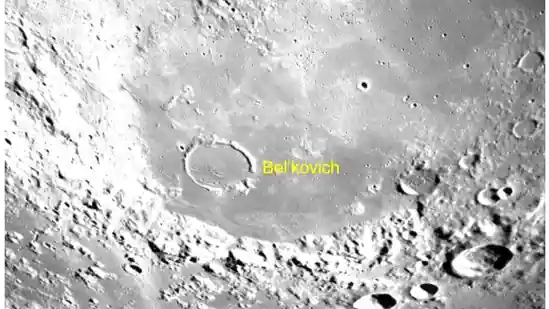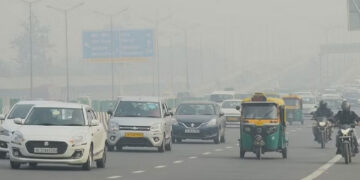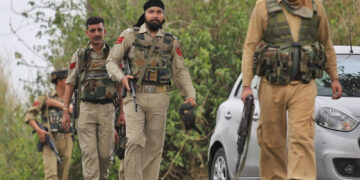Chandrayaan-3’s Moon Landing: India’s “20 Minutes Of Terror”
India’s Chandrayaan-3 is all set to create history by attempting to soft land the Vikram Lander with the Pragyaan rover in its belly near the moon’s south pole.
New Delhi:
On Wednesday, the nation will go through one of the most agonizing twenty minutes, when the Vikram lander goes in to attempt a soft landing on the moon surface in the evening.
India’s Chandrayaan-3 is all set to create history by attempting to soft land the Vikram Lander with the Pragyaan rover in its belly near the moon’s south pole. The nail-biting last twenty minutes of its journey are being described as twenty minutes of terror that could be like the tight finish of a T-20 match.
Chandrayaan-3’s Journey and landing process
After a majestic lift-off, ISRO’s Bahubali rocket or the launch vehicle, Mark-3, put Chandrayaan-3 in the orbit. Chandrayaan-3 took many elliptic circles of the Earth gaining velocity
On August 1, Chandrayaan-3 was nudged towards the moon on its 3.84 lakh km journey. On August 5, the Chandrayaan-3 satellite gently entered the moon’s orbit and settled in. In the moon’s orbit, the Chandrayaan-3 was stabilised for many days
In a crucial and tricky maneuverer, the propulsion module and the Vikram lander with Pragyaan rover separated on August 17 – when the satellite was in a 153 km by 163 km orbit. The Propulsion module continues its journey around the moon in a 153 km by 163 km orbit.
Soon, the Vikram lander is brought closer to the moon surface in a 134 km by 25 km elliptical orbit before the powered descent can begin. Till here, India has done this process successfully in Chandrayaan-2.
On the day of landing, the twenty minutes of terror or T-20 kick in for a nail-biting finish. On commands from Bengaluru, the Vikram lander will begin its descent towards the moon surface from an altitude of 25 km.
In a powered descent, the Vikram lander will start hurtling towards the moon surface at a velocity of 1.68 km per second which is nearly 6048 km per hour -which is almost ten times the velocity of an airplane.
Vikram lander will then slow down with all its engines firing – but the lander is still almost horizontal to the surface of the moon – this is called the rough braking phase which lasts for about 11 minutes.
Through some maneuvers, the Vikram lander will be made vertical to the moon surface, with this begins the ‘fine braking phase’.
It was in the fine braking phase, when the Vikram lander during the Chandrayaan-2 launch went out of control and tumbled to a crash.
At 800 meters above the moon surface, both the horizontal and vertical velocities come to zero and the Vikram lander hovers above the lunar surface surveying the landing strip.
The Vikram lander goes down further to stop to hover once again at 150 meters taking images for hazard detection and searching for the best landing site.
It will then touch down on the lunar surface with just two engines firing and the legs have been designed to take a maximum impact of 3m/second or about 10.8 km per hour.
Once the sensors on the legs feel the lunar surface, the engines will shut down ending the twenty minutes of terror.
The lunar dust called regolith that is raked up by the landing is allowed to move away and settle down. Subsequently the ramp opens up. The Pragyaan Rover is slowly rolled down.
Once the Pragyaan Rover reaches the lunar surface and the rover is then free to move around the lunar surface.
The big moment arrives when the Vikram lander takes images of the rover and the Pragyaan rover takes images of the lander, the first selfies by India from the lunar surface are beamed back to India.
If all goes well, India will become the fourth country to softly land on a celestial body. One small step for ISRO and one giant leap for India in the ‘Amrit Kaal’. Truly a celestial ‘Hanuman’ leap for a country of 1.4 billion people.














